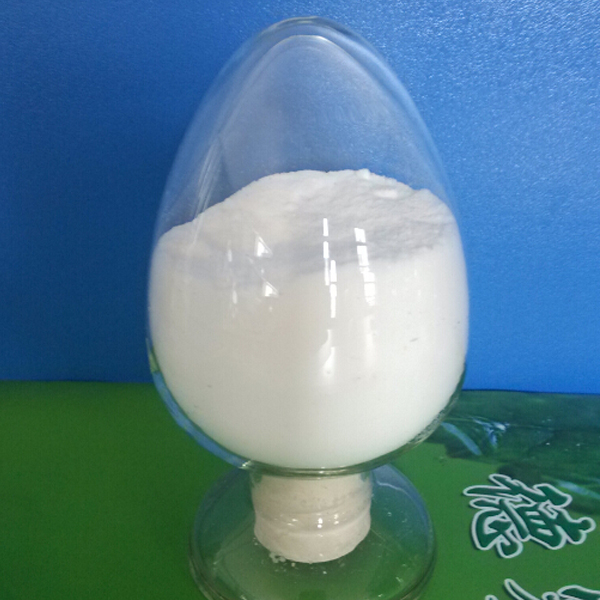
News
Nov . 23, 2024 16:18 Back to list
high quality chelating agent edta
Understanding High-Quality Chelating Agents The Case of EDTA
Chelating agents are substances that can bind to metal ions and form stable complexes. This ability to chelate metal ions makes them invaluable in various fields, including medicine, agriculture, and environmental science. Among the multitude of chelating agents available, ethylenediaminetetraacetic acid (EDTA) is one of the most recognized and widely used compounds. This article will explore the properties of EDTA, its applications, and the reasons why it is considered a high-quality chelating agent.
Properties of EDTA
EDTA is a synthetic compound with the formula C10H16N2O8. It is a colorless, water-soluble solid that can effectively bind to a wide range of metal ions. The structure of EDTA includes four carboxylic acid groups and two amine groups, which provide multiple sites for metal ion coordination. This multifunctional nature is crucial for its chelation capabilities, allowing it to form stable and soluble complexes with metals, including calcium, magnesium, lead, and iron.
The stability of EDTA complexes plays a critical role in its applications. The formation of these complexes can effectively prevent metal ions from participating in unwanted reactions, which is particularly important in both biological and industrial systems. Furthermore, EDTA is known for its ability to operate effectively across a wide range of pH levels, enhancing its utility in diverse environments.
Applications of EDTA
1. Medical Uses In medicine, EDTA is employed as a chelating agent for treating heavy metal poisoning, such as lead or mercury poisoning. The chelation therapy works by binding the toxic metals, allowing them to be excreted from the body more easily. Additionally, EDTA is utilized in some medical solutions to ensure that metal ions do not interfere with treatments or diagnostics.
2. Agriculture EDTA is widely used in agriculture, particularly in the formulation of fertilizers. Many essential nutrients, such as iron, manganese, and zinc, can be locked in unavailable forms in the soil. EDTA helps in making these nutrients bioavailable to plants by forming stable complexes that can be easily absorbed by their roots, thus improving planting success and crop yields.
high quality chelating agent edta

3. Industrial Applications In the industrial sector, EDTA is a critical component in various processes, including water treatment and cleaning products. EDTA helps to remove hardness ions such as calcium and magnesium from water, leading to more efficient cleaning and improved quality of products in many applications, including detergents and textile processing.
4. Environmental Remediation EDTA’s capacity for forming stable complexes with metal ions makes it useful for remediating contaminated sites. By binding heavy metals in soil or water, EDTA can help reduce their bioavailability and toxicity, facilitating the cleanup process in polluted environments.
Why EDTA is Considered a High-Quality Chelating Agent
EDTA's reputation as a high-quality chelating agent can be attributed to its exceptional characteristics. Firstly, its ability to form strong complexes with a variety of metal ions makes it versatile and effective in different applications. Furthermore, the stability of EDTA-metal complexes means that these agents remain effective for extended periods, often required in both industrial and therapeutic contexts.
Moreover, EDTA is non-toxic in controlled quantities, making it safe for use in medical and agricultural applications. Its widespread approval in various sectors signifies trust in its efficiency and safety. Additionally, EDTA can be synthesised relatively easily, making it readily available and cost-effective.
Finally, ongoing research continues to explore more about EDTA’s multifaceted role and potential innovations, such as biodegradable alternatives and applications in nanotechnology and pharmaceuticals.
Conclusion
EDTA stands out as a high-quality chelating agent owing to its ability to form stable complexes with metal ions, its diverse applications across multiple fields, and its safety profile. As industries strive for greater efficiency and environmental responsibility, EDTA is poised to remain a critical component of strategies aimed at managing metal ions in various contexts. Understanding the properties and applications of such chelating agents will be vital for harnessing their benefits while mitigating potential challenges in the future.
-
Polyaspartic Acid Salts in Agricultural Fertilizers: A Sustainable Solution
NewsJul.21,2025
-
OEM Chelating Agent Preservative Supplier & Manufacturer High-Quality Customized Solutions
NewsJul.08,2025
-
OEM Potassium Chelating Agent Manufacturer - Custom Potassium Oxalate & Citrate Solutions
NewsJul.08,2025
-
OEM Pentasodium DTPA Chelating Agent Supplier & Manufacturer High Purity & Cost-Effective Solutions
NewsJul.08,2025
-
High-Efficiency Chelated Trace Elements Fertilizer Bulk Supplier & Manufacturer Quotes
NewsJul.07,2025
-
High Quality K Formation for a Chelating Agent – Reliable Manufacturer & Supplier
NewsJul.07,2025
